Growing Arugula at Home can be surprisingly simple and incredibly rewarding! Imagine stepping outside your door and snipping fresh, peppery arugula leaves for your salad, pizza, or even a vibrant pesto. No more trips to the grocery store for wilted greens – just pure, flavorful goodness right at your fingertips.
For centuries, arugula, also known as rocket, has been a culinary staple, gracing tables from the Mediterranean to the Middle East. The Romans even believed it was an aphrodisiac! But beyond its historical allure, arugula’s peppery bite adds a unique dimension to any dish.
In today’s busy world, we’re all looking for ways to connect with nature and nourish ourselves with healthy, homegrown food. That’s where this DIY guide comes in. I’m going to share some simple yet effective tricks and hacks that will empower you to successfully start growing arugula at home, even if you have limited space or gardening experience. We’ll cover everything from choosing the right seeds and soil to watering techniques and pest control. Get ready to enjoy a continuous supply of fresh, flavorful arugula all season long!
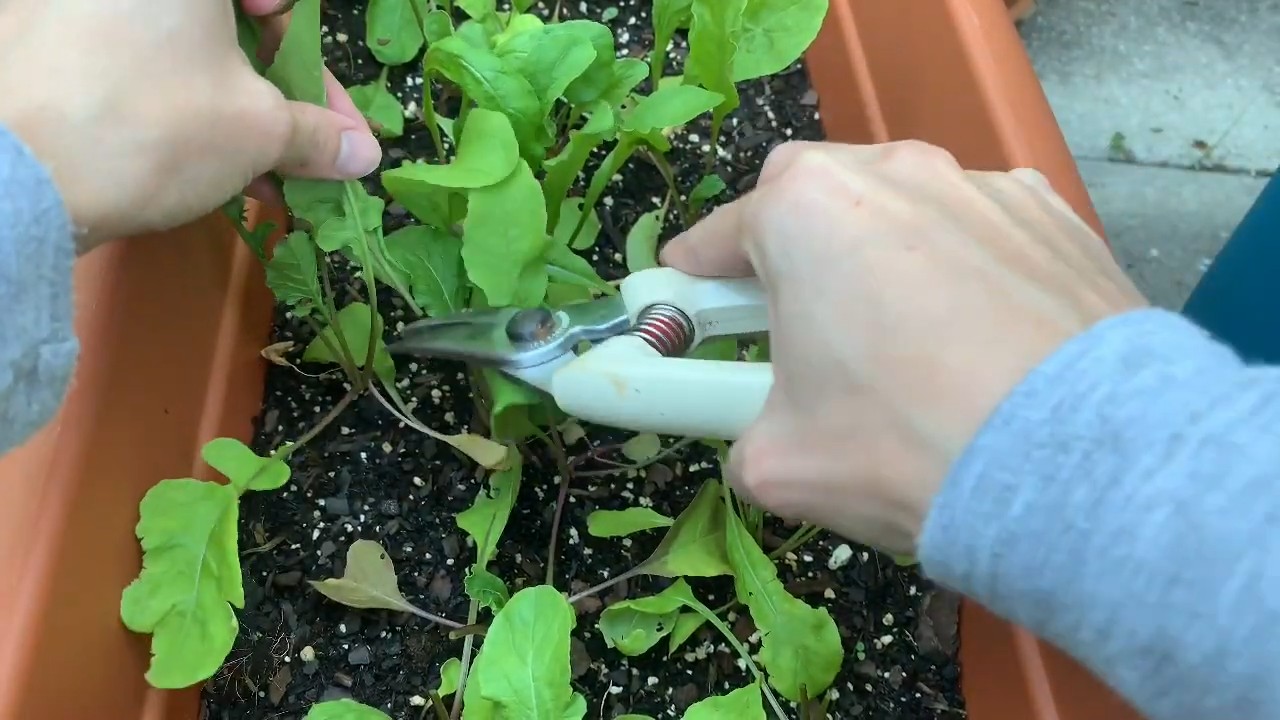
Growing Arugula at Home: Your DIY Guide for Crisp Salad
Hey garden friends! I love arugula, also known as rocket. This peppery salad green is super easy to grow at home, even if you don’t have a huge garden. I’ll show you how you can harvest your own supply of fresh, aromatic arugula in just a few weeks. Let’s get started!
What you need:
- Seeds: Arugula seeds (available at any garden center or online)
- Soil: High-quality potting soil or seed starting mix
- Container: Pots, window boxes, or even a patch in a garden bed
- Water: A watering can or a gentle spray nozzle
- Sun: A sunny or partially shaded location
- Optional: Liquid fertilizer for leafy greens
Preparation is everything: The right start for your arugula
Before we start planting, we need to make sure everything is ready. It’s just like cooking – the right preparation makes all the difference!
- Choose your location: Arugula likes sun, but not too much. A spot with 4-6 hours of sun per day is ideal. If you live in a very hot area, a partially shaded spot is better to prevent the leaves from burning. I have my arugula on my balcony in an area that gets morning sun and is in the shade in the afternoon.
- Prepare your containers: Whether it’s a pot, window box, or garden bed, ensure good drainage. Arugula does not like waterlogging. If you use pots or boxes, make sure they have holes in the bottom. In a garden bed, you should loosen the soil and remove stones and weeds.
- Fill the containers with soil: Use high-quality potting soil or seed starting mix. This soil is loose and well-draining, which is important for arugula’s growth. Fill the containers to about 2 cm below the rim.
Sowing: How to get the seeds into the soil
Now for the exciting part: sowing the seeds!
- Sow the seeds: Arugula seeds are small, so be careful. Sprinkle the seeds evenly over the soil. You can either broadcast them or sow them in rows. If you prefer rows, use your finger or a pen to make small grooves in the soil and sow the seeds in them.
- Cover the seeds: Cover the seeds with a thin layer of soil (approx. 0.5 cm). You can spread the soil with your fingers or a small rake.
- Water carefully: Water the soil gently so the seeds are not washed away. It’s best to use a watering can with a gentle spray head or a spray bottle. The soil should be moist, but not wet.
Care: How to keep your arugula happy
After sowing, it’s important to take good care of the arugula so it grows healthy and strong.
- Water regularly: Arugula needs regular watering, especially during germination. Keep the soil moist, but avoid waterlogging. I usually water my arugula every day, especially on warm days.
- Thin out: When the seedlings are about 2-3 cm tall, you should thin them out. This means you remove some of the plants so the remaining ones have enough space to grow. Leave about 5-7 cm of space between the plants.
- Fertilize (optional): Arugula doesn’t necessarily need fertilizer, but a little liquid fertilizer for leafy greens can promote growth. Fertilize every few weeks according to the instructions on the package. I like to use organic liquid fertilizer.
- Protect from pests: Arugula can be infested by aphids or flea beetles. Check the plants regularly and remove pests if necessary. You can spray off aphids with a jet of water or treat them with a soap solution. Covering the plants with a row cover helps against flea beetles.
Harvest: The reward for your effort
After about 4-6 weeks, you can harvest your first arugula!
- Harvest the leaves: Cut the leaves with scissors or a knife. You can either harvest the whole plants or just the outer leaves. If you only harvest the outer leaves, the plants can continue to grow and you can harvest multiple times.
- Wash the leaves: Wash the harvested leaves thoroughly to remove soil and dirt.
- Enjoy your arugula: Arugula is versatile. You can use it in salads, on pizza, in pasta dishes, or as a pesto. I love to eat it simply with olive oil, lemon, and Parmesan.
Tips and tricks for a bountiful harvest
- Regular sowing: Sow new seeds every few weeks to ensure a continuous harvest.
- Shade in the heat: If it’s very hot, shade the plants to prevent the leaves from burning.
- Remove flowers: When the plants flower, the leaves become bitter. Remove the flowers to extend the harvest.
- Pay attention to the soil: The soil should always be moist, but not wet.
- Observe your plants: Watch for signs of pests or diseases and act quickly.
Growing Arugula in a Pot: Step-by-Step Guide
If you don’t have a garden, that’s no problem! Arugula can also be grown wonderfully in a pot or window box. Here is a detailed guide:
- Choose the right pot: A pot with a diameter of at least 20 cm is ideal. Make sure the pot has holes in the bottom so water can drain out.
- Fill the pot with soil: Use high-quality potting soil or seed starting mix. Fill the pot to about 2 cm below the rim.
- Sow the seeds: Sprinkle the seeds evenly over the soil. You can either broadcast them or sow them in rows.
- Cover the seeds: Cover the seeds with a thin layer of soil (approx. 0.5 cm).
- Water carefully: Water the soil gently so the seeds are not washed away.
- Place the pot in a sunny or partially shaded location: Arugula likes sun, but not too much.
- Water regularly: Keep the soil moist, but avoid waterlogging.
- Thin out: When the seedlings are about 2-3 cm tall, you should thin them out.
- Fertilize (optional): Fertilize every few weeks with liquid fertilizer for leafy greens.
- Harvest the leaves: After about 4-6 weeks, you can harvest your first arugula!
Growing Arugula in a Garden Bed: Here’s how
If you have a garden bed, that’s also a great place to grow arugula.
Cover the seeds: Cover the seeds with a thin layer of soil (approx. 0.5 cm).
Prepare the bed: Loosen the soil and remove stones and weeds.
Improve the soil: Add compost or organic fertilizer to improve the soil.
Sow the seeds: Sow the seeds in rows. Leave about 15 cm of space between the rows.
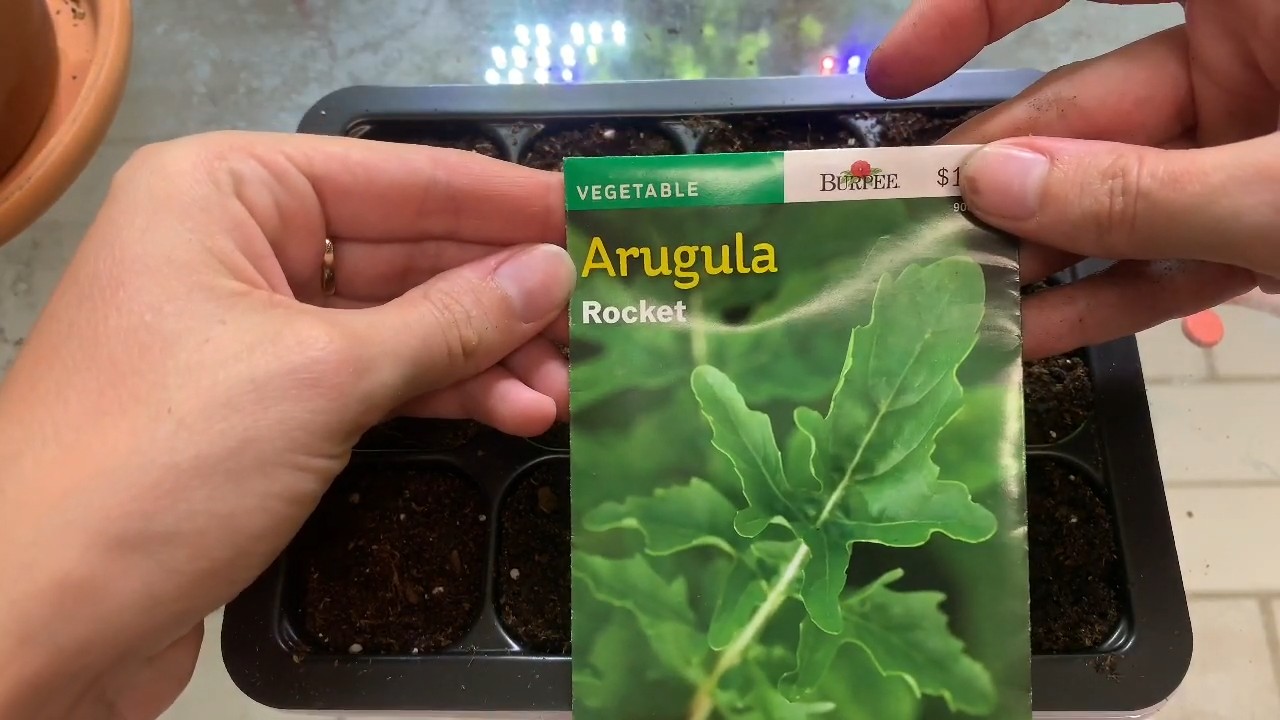
Conclusion
So, there you have it! Growing arugula at home is not only achievable but also incredibly rewarding. Forget those limp, pre-packaged greens from the grocery store. Imagine stepping out into your garden or onto your balcony and harvesting a handful of peppery, vibrant arugula leaves whenever you need them. The difference in flavor and freshness is simply unparalleled.
This DIY trick is a must-try for several reasons. First and foremost, it puts you in control of what you’re eating. You know exactly where your arugula is coming from and what (or rather, what isn’t) going into it. No pesticides, no questionable additives, just pure, unadulterated goodness. Secondly, it’s incredibly cost-effective. A single packet of arugula seeds can yield multiple harvests, saving you money in the long run. And finally, it’s a fantastic way to connect with nature and experience the satisfaction of growing your own food.
But the beauty of growing arugula at home lies in its versatility. Feel free to experiment with different varieties. Try ‘Rocket’ for a classic peppery flavor, or ‘Sylvetta’ for a milder, more delicate taste. You can also adjust the growing conditions to influence the flavor profile. For a spicier arugula, provide more sunlight and less water. For a milder flavor, offer partial shade and consistent moisture.
Consider companion planting your arugula with other herbs and vegetables. Basil, dill, and carrots are all excellent companions that can help deter pests and improve the overall health of your garden. You can even succession plant your arugula, sowing new seeds every few weeks, to ensure a continuous supply of fresh leaves throughout the growing season.
Don’t be afraid to get creative with your arugula harvest. Add it to salads, sandwiches, pizzas, or even pesto. Its peppery bite adds a unique flavor dimension to any dish. You can also use it as a garnish for soups and stews. The possibilities are endless!
We wholeheartedly encourage you to give this DIY trick a try. It’s a simple, satisfying, and delicious way to elevate your culinary creations and connect with the natural world. And most importantly, it allows you to enjoy the freshest, most flavorful arugula imaginable.
Once you’ve experienced the joy of growing your own arugula, we’re confident you’ll be hooked. So, grab a packet of seeds, find a sunny spot, and get ready to enjoy the peppery goodness of homegrown arugula.
We’d love to hear about your experiences! Share your tips, tricks, and photos in the comments below. Let’s build a community of arugula enthusiasts and inspire others to embrace the joys of homegrown food. Happy growing!
Frequently Asked Questions (FAQ)
What is the best time of year to plant arugula?
Arugula is a cool-season crop, meaning it thrives in cooler temperatures. The best time to plant arugula is in early spring or late summer/early fall. Avoid planting during the hottest months of summer, as the heat can cause the leaves to become bitter and bolt (go to seed prematurely). In spring, plant as soon as the soil can be worked. For a fall harvest, sow seeds about 4-6 weeks before the first expected frost. In warmer climates, you can often grow arugula throughout the winter.
How much sunlight does arugula need?
Arugula prefers full sun, which means at least 6 hours of direct sunlight per day. However, it can also tolerate partial shade, especially in hotter climates. If you’re growing arugula in a container, you can move it to a shadier spot during the hottest part of the day to prevent the leaves from becoming bitter.
What kind of soil is best for growing arugula?
Arugula prefers well-drained soil that is rich in organic matter. The ideal soil pH is between 6.0 and 7.0. Before planting, amend the soil with compost or other organic matter to improve drainage and fertility. If you’re growing arugula in a container, use a high-quality potting mix.
How often should I water arugula?
Arugula needs consistent moisture to thrive. Water regularly, especially during dry periods. Aim to keep the soil consistently moist but not waterlogged. Overwatering can lead to root rot. A good rule of thumb is to water when the top inch of soil feels dry to the touch.
How do I harvest arugula?
You can start harvesting arugula leaves when they are about 2-3 inches long. Simply snip off the outer leaves with scissors or a knife, leaving the inner leaves to continue growing. This cut-and-come-again method allows you to harvest arugula multiple times from the same plant. Harvest in the morning for the best flavor.
Why is my arugula bitter?
Arugula can become bitter if it’s exposed to too much heat or drought stress. To prevent bitterness, provide adequate water, especially during hot weather. You can also try growing arugula in partial shade. Harvesting the leaves when they are young and tender can also help to reduce bitterness. Bolting (going to seed) can also cause the leaves to become bitter, so harvest frequently to prevent bolting.
How do I prevent arugula from bolting?
Bolting is a natural process that occurs when arugula is exposed to high temperatures or long days. To prevent bolting, plant arugula in early spring or late summer/early fall. Provide adequate water and shade during hot weather. Harvest frequently to encourage new growth and prevent the plant from focusing on seed production.
What are some common pests and diseases that affect arugula?
Arugula is generally a pest-resistant plant, but it can be susceptible to certain pests, such as flea beetles, aphids, and slugs. To control pests, you can use organic pest control methods, such as insecticidal soap or diatomaceous earth. Diseases are less common, but arugula can be susceptible to fungal diseases if the soil is too wet. Ensure good drainage and avoid overwatering to prevent fungal diseases.
Can I grow arugula indoors?
Yes, you can grow arugula indoors, especially during the winter months. Provide plenty of light, either from a sunny window or a grow light. Use a well-draining potting mix and water regularly. You may need to pollinate the flowers by hand if you want to collect seeds.
How long does it take for arugula to grow?
Arugula is a fast-growing crop. You can typically start harvesting leaves about 3-4 weeks after planting. The exact time will depend on the growing conditions and the variety of arugula you’re growing.
Can I save arugula seeds?
Yes, you can save arugula seeds. Allow a few plants to bolt and produce flowers. Once the seed pods are dry and brown, harvest them and extract the seeds. Store the seeds in a cool, dry place until you’re ready to plant them.
What are some creative ways to use arugula in cooking?
Beyond salads, arugula can be used in a variety of dishes. Try adding it to pesto, pizza, pasta dishes, sandwiches, or soups. It can also be used as a garnish for grilled meats or vegetables. Its peppery flavor adds a unique dimension to any dish. You can even blend it into smoothies for a nutritional boost.

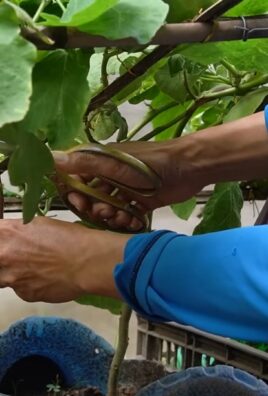
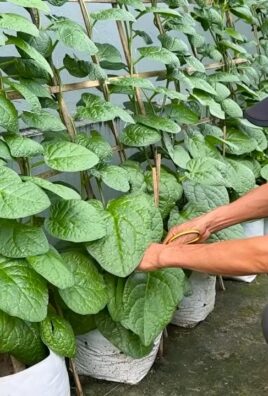
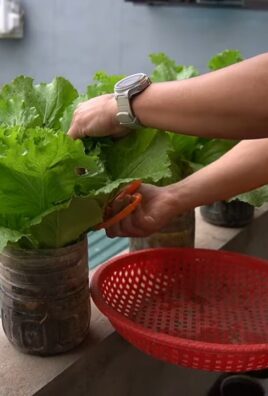
Leave a Comment